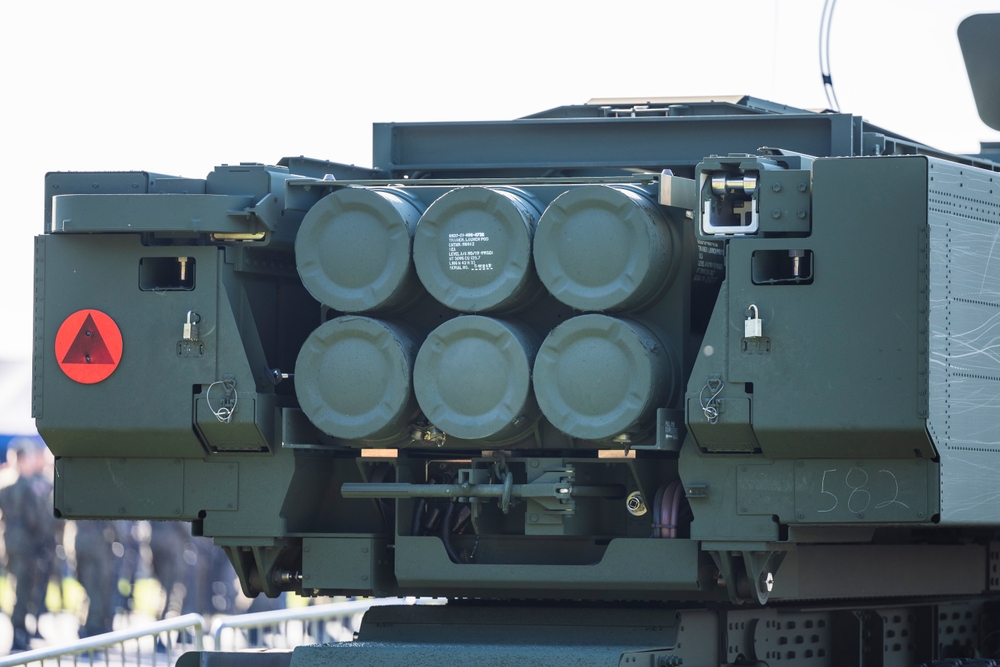Russian officials have been sharing maps that show the range of the ATACMS missiles.
Others are reading now
Last week, President Joe Biden approved Ukraine’s use of American-supplied ATACMS missiles to strike inside Russian territory.
The decision marked a significant shift, giving Ukraine the green light to target critical Russian infrastructure. France and the UK followed with similar approvals for Storm Shadow missiles.
The move has sparked panic in Russia, particularly in regions close to the Ukrainian border, according to WP.
Russian officials have been sharing maps that show the range of the ATACMS missiles. These maps outline potential targets, fueling anxiety among residents and local leaders.
Also read
One area of concern is the Voronezh region, home to over one million people. Voronezh has been relatively untouched by the war so far.
But local authorities fear the city is now within range of Ukrainian strikes. A key concern is the Baltimor airbase, a major hub for the Russian Air Force, as well as industrial sites involved in aviation and missile production.
A local official in Voronezh described the situation as dire. “We need to pack up and move our families far away,” he told reporters.
Despite reassurances about air defense systems, there are concerns that high-precision missiles like the ATACMS could evade these measures.
The panic follows reports of Ukraine’s first ATACMS attack on Russian soil. The strike reportedly targeted a munitions depot in Bryansk, about 80 miles from the Ukrainian border.
Ukrainian media confirmed the successful strike, and it has increased speculation that further attacks are planned.
ATACMS missiles can hit targets up to 186 miles away. Ukrainian forces have already used them against airfields in Crimea. Analysts predict that cities like Rostov-on-Don and Krasnodar could also be targeted.
Military experts suggest Ukraine will prioritize strikes on command centers and air defense systems. Such attacks could cause chaos in Russia’s military logistics and weaken its ability to defend key locations.

